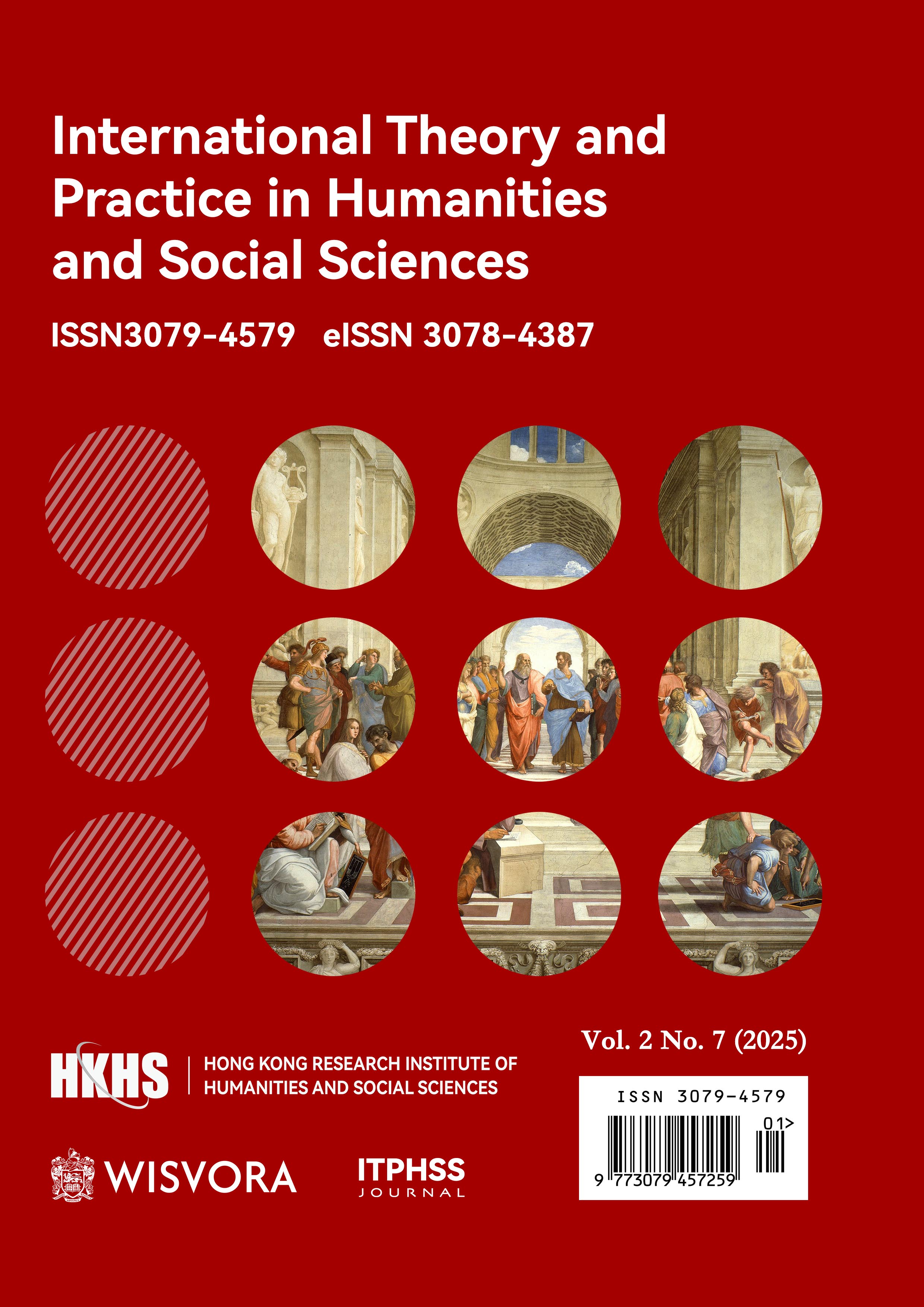Abstract
NTF (non-fungible token), as a significant application of blockchain technology, is reshaping the model of art education. This paper explores the potential applications of the NTF in art education, focusing on how it influences teaching methods, the value transformation of students, the evaluation of art education, and international development. The study employs a mixed-method approach, combining questionnaire surveys (N=100) and semistructured interviews (N=15), to analyse the acceptance and impact of the NTF in art education. The results show that the NTF can increase students’ market awareness and copyright protection awareness and promote the global circulation of artworks. However, technical barriers, market volatility, and insufficient educational practice experience remain the main challenges to the widespread application of the NTF in art education. This research not only reveals the value of the NTF in art education but also provides practical guidance for future curriculum design, educational assessment, and academic certification.
References
Apostu, S.-A., Panait, M., Vasa, L., Mihăescu, C., & Dobrowolski, Z. (2022). NTF and cryptocurrencies—The metamorphosis of the economy under the sign of blockchain: A time series approach. Mathematics. https://doi.org/10.3390/math10173218
Alam, M., Chowdhury, M. A. H., Abdullah, M., & Masih, M. (2023). Volatility spillover and connectedness among REITs, NTF, cryptocurrencies and other assets: Portfolio implications. Investment Analysts Journal, 52(1), 83-105. https://doi.org/10.1080/10293523.2023.2179161
Ko, H., & Lee, J. (2023). non-fungible tokens: A hedge or a safe haven? Applied Economics Letters, 31(7), 1278-1285. https://doi.org/10.1080/13504851.2023.2182402
Liang, P., & Chi, Y. P. (2021). Influence of perceived risk of blockchain art trading on user attitude and behavioral intention. Sustainability. https://doi.org/10.3390/su131810025
Selen, E., Sunam, A., Akin, A. I., Biçakcı, H., & Kaplan, A. (2023). The impacts of processes of digitalization on the reception of contemporary art in Turkey during Covid-19. Cultural Trends, 32(1), 70-87. https://doi.org/10.1080/09548963.2023.2174057
Herzog, J., & Duh, M. (2020). The state of art appreciation among nine- and ten-year-old students in Slovenian primary schools. Center for Educational Policy Studies Journal, 10(4), 93-111. https://doi.org/10.26529/cepsj.890
Nijs, M., Morroll, D., Lynch, C., Levett, S., Fleming, S., Chin, R., Razina, O., Ketterson, K., & Erreb. Agerholm, I. (2021). P–786 Virtual continual professional education programs in ART in time of SARS-CoV–2: do they deliver? Human Reproduction. https://doi.org/10.1093/humrep/deab133.786
Esani, M., Faubion, D., Chen, L., Walker, L., Freeman, V. S., & Kuo, Y.-F. (2024). Association of laboratory science education and certification with laboratory errors: The value of education and certification study. Journal of Allied Health, 53(2), 130–135. https://pubmed.ncbi.nlm.nih.gov/38834339/
Kassen, G. (2019). Application of art methods in the system of art services in Kazakhstan. Art Education Research Journal, 57, 35–45. https://bulletin-pedagogic-sc.kaznu.kz/index.php/1-ped/article/download/534/488
Braun, V., & Clarke, V. (2006). Using thematic analysis in psychology. Qualitative Research in Psychology, 3(2), 77-101. https://doi.org/10.1191/1478088706qp063oa
Lin, Z., Kong, M., Li, G., & Wang, X. (2024). The peer effects of resident stock market participation: Evidence from 2019 CHFS. PLOS ONE, 19. https://doi.org/10.1371/journal.pone.0298894
Piaget, J. (1950). The psychology of intelligence. Routledge. https://doi.org/10.4324/9780203981528
Vygotsky, L. S. (1978). Mind in society: The development of higher psychological processes. Harvard University Press. https://doi.org/10.2307/j.ctvjf9vz4
Siemens, G. (2005). Connectivism: A learning theory for the digital age. International Journal of Instructional Technology and Distance Learning, 2(1), 3–10. http://itdl.org/Journal/Jan_05/article01.htm
Tapscott, D., & Tapscott, A. (2016). Blockchain revolution: How the technology behind Bitcoin is changing money, business, and the world. Portfolio.

This work is licensed under a Creative Commons Attribution 4.0 International License.
Copyright (c) 2025 Yang Hao, Dr. KHAIRUL ZAHAR BIN JAMALUDIN (Author)

